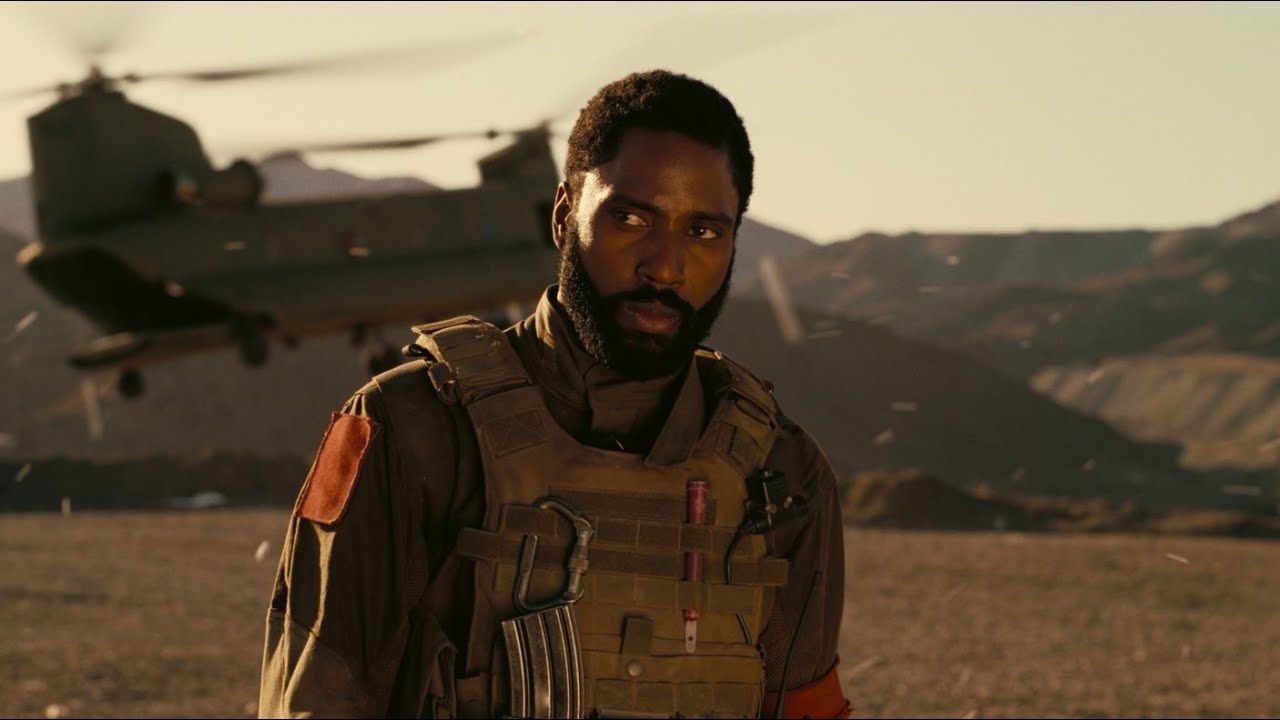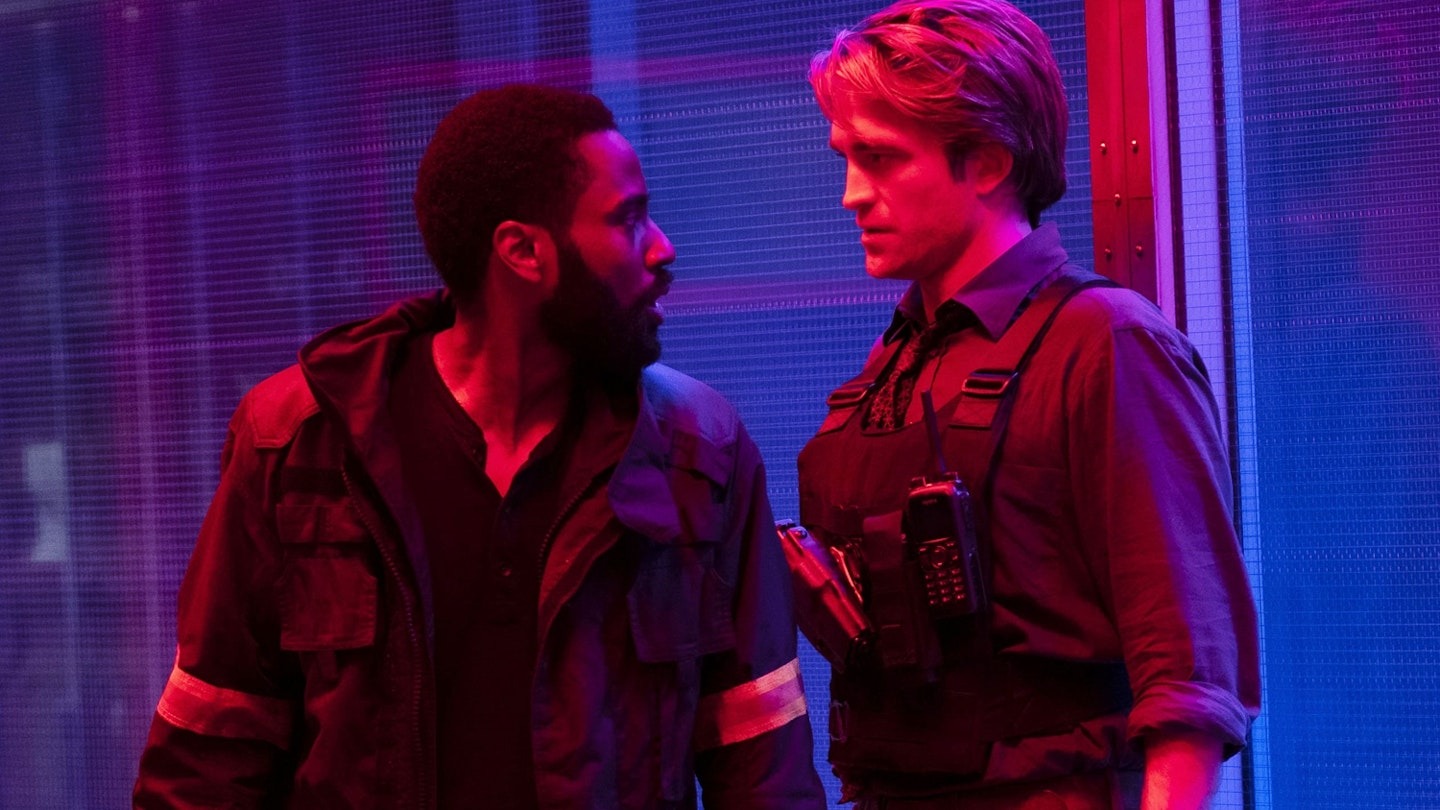Tenet, one of Nolan’s most intricate films, ends on a confusing note that has left many viewers scratching their heads. Nolan has built a reputation for shaping time in unconventional ways to tell his stories, but with Tenet, he pushed that concept into unfamiliar and frustrating territory.
The movie combines the high-stakes espionage of a Bond adventure with the brain-bending elements of Inception. John David Washington plays a character known only as “The Protagonist,” who gets drafted into a covert operation called Tenet.

This secretive group has discovered a way to manipulate time through a process called inversion, which they now use for intelligence missions. Unlike a regular spy movie where the villains traffic arms through borders, these so-called “antagonists” have found a way to send deadly weapons backward through time.
Even though it doesn’t rank high on the list of Nolan’s better-received projects, Tenet shouldn’t be considered a failure. The performances, particularly from Washington and his colleagues, are compelling. Hoyte van Hoytema’s cinematography looks striking, and the editing by Jennifer Lame holds the film’s shifting pace together well.
Ludwig Göransson’s powerful musical score, even if it sometimes overwhelms key lines, adds energy to the production. Some action moments are incredibly ambitious, such as the intense highway chase involving a fire truck and a full-sized airplane crash shot at an airport terminal.
These scenes were captured with practical effects using IMAX cameras. However, the central time-travel concept behind all this action lacks the clarity of classics like Back to the Future or Peggy Sue Got Married.
The reversed fight scenes and shootouts appear visually exciting, but they come from a storyline that demands more effort to follow than it often rewards.
Nolan and His Love for Unclear Endings
When it comes to final scenes, Nolan tends to leave things open to interpretation. Inception ends with Cobb’s spinning top shaking just before the screen cuts to black, making it unclear if he returned to reality or remained trapped in a dream.
In The Dark Knight Rises, Alfred sees Bruce Wayne sitting with a woman in Florence, and it’s uncertain whether this is real or a vision. For Tenet, Nolan provides an ending that feels more complete than his usual, but the way it plays out makes it harder to notice that finality right away because of its layered storytelling.
What Happens At The End Of Tenet?
Tenet’s entire plot centers around a group trying to secure “The Algorithm,” a machine with the power to reverse the entropy of the world, effectively wiping out the past. Those who want to use this machine are attempting to fix the future by undoing environmental damage through extreme means.
The Algorithm ends up with Russian billionaire Andrei Sator, who fits the mold of a Bond-style villain from Eastern Europe. As the movie ends, the Protagonist and his allies succeed in reclaiming the Algorithm and separating its pieces so that future enemies can’t get hold of it.

A standout character, Neil, serves as the Protagonist’s teammate and is played by Robert Pattinson with a charming presence. During the initial action at the Kyiv Opera House, a mysterious figure with a red trinket saves the Protagonist’s life.
This trinket appears again during the final moments of the movie when an inverted soldier sacrifices himself to help defeat Sator. As the Protagonist and Neil prepare to secure the Algorithm, the Protagonist notices the same red trinket on Neil’s bag.
At this point, Neil admits to the Protagonist that they have known each other for a long time. A future version of the Protagonist had already recruited Neil into Tenet. Before Neil leaves to go back to the period where he dies saving the Protagonist, he tells him, “I’ll see you in the beginning, friend.”
This farewell suggests that while Neil’s story is ending, it is just beginning from the Protagonist’s current point of view.
Does Tenet’s Ending Make Sense?
The closing moments of Tenet do fall into place, though the structure is extremely dense. On the surface, the resolution — stopping the villain, recovering the Algorithm, and ensuring its safety — resembles a regular spy film where the hero prevents disaster without the general public even knowing.
This part is relatively straightforward. The challenge begins when Neil explains that the Protagonist started the Tenet organization and recruited Neil himself. At the beginning of the film, the Protagonist is introduced to Tenet as if he’s a newcomer, requiring others to guide him through its operations.
That makes it hard to believe he is the origin of the entire group. What adds to the confusion is the fact that the Protagonist hasn’t started Tenet at the time we meet him. A version of him from the future founded the group and then used time inversion to return to the past to put the pieces in motion.
He recruited the people who would later recruit his present self, completing a time loop. Watching Tenet more than once helps to piece together these ideas, but the amount of effort needed to link everything might outweigh the payoff.



